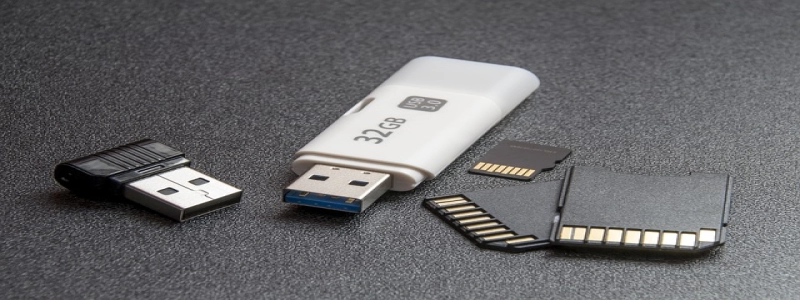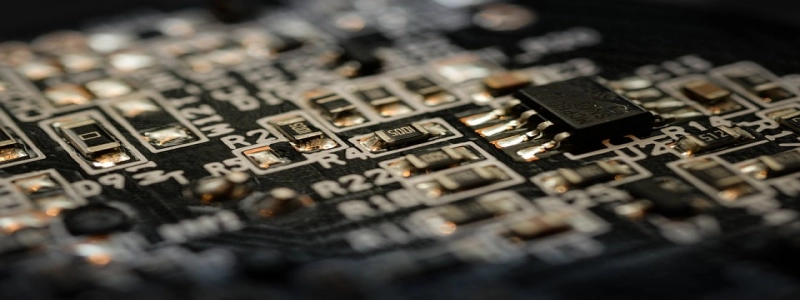Difference between Shielded and Unshielded Ethernet Cable
I. Introduction
Ethernet cables are essential for networking and connecting devices to the internet. Among the various types of Ethernet cables, shielded and unshielded cables are the most commonly used. In this article, we will discuss the difference between shielded and unshielded Ethernet cables and their respective advantages and disadvantages.
II. Shielded Ethernet Cable
A. Definition
A shielded Ethernet cable, also known as a shielded twisted pair (STP) cable, consists of an additional layer of metallic shielding around the twisted pairs of wires. This shielding is typically made of aluminum foil or braided copper.
B. Purpose
The shield acts as a barrier that prevents electromagnetic interference (EMI) and radio frequency interference (RFI) from affecting the data transmission. It helps to maintain the signal integrity and minimize packet loss or signal degradation, especially in environments with high levels of electrical noise.
C. Advantages
1. Electromagnetic Interference Protection: Shielded Ethernet cables offer excellent protection against EMI and RFI, making them ideal for industrial, commercial, and data center environments where electrical noise is prevalent.
2. Longer Transmission Distance: The shielding reduces signal attenuation and crosstalk, allowing data to be transmitted over longer distances without loss of quality.
3. Better Performance in High-Interference Environments: Shielded cables are less susceptible to external interference, ensuring stable and reliable data transmission.
D. Disadvantages
1. Higher Cost: Shielded Ethernet cables are generally more expensive compared to unshielded cables due to the added shielding material.
2. Bulkier and Less Flexible: The extra shielding makes shielded cables thicker, making them less flexible and more challenging to route in tight spaces or cable management.
III. Unshielded Ethernet Cable
A. Definition
An unshielded Ethernet cable, also known as an unshielded twisted pair (UTP) cable, does not have any additional shielding around the twisted pairs of wires. It is the most commonly used type of Ethernet cable.
B. Purpose
Unshielded cables are designed for use in environments with minimal electrical noise, such as residential areas, offices, and small businesses.
C. Advantages
1. Cost-Effective Solution: Unshielded Ethernet cables are more affordable compared to shielded cables, making them a popular choice for standard networking needs.
2. Flexibility: UTP cables are more flexible and easier to handle, making them suitable for routing through tight spaces or cable management.
3. Compatibility: Most networking devices and Ethernet ports are designed to support UTP cables, ensuring their compatibility and ease of use.
D. Disadvantages
1. Vulnerability to Interference: Unshielded cables are more susceptible to EMI and RFI, which can lead to signal degradation and reduced transmission speeds in electrically noisy environments.
2. Limited Transmission Distance: Due to increased signal attenuation and crosstalk, unshielded cables can only transmit data reliably over shorter distances compared to shielded cables.
IV. Conclusion
In conclusion, shielded and unshielded Ethernet cables serve different purposes based on the environmental conditions and requirements. Shielded cables offer superior performance and protection against electromagnetic interference but come at a higher cost and reduced flexibility. On the other hand, unshielded cables provide a cost-effective solution for standard networking needs but are more susceptible to interference and have limited transmission distances. It is important to consider these differences when selecting the appropriate Ethernet cable for your networking needs.








